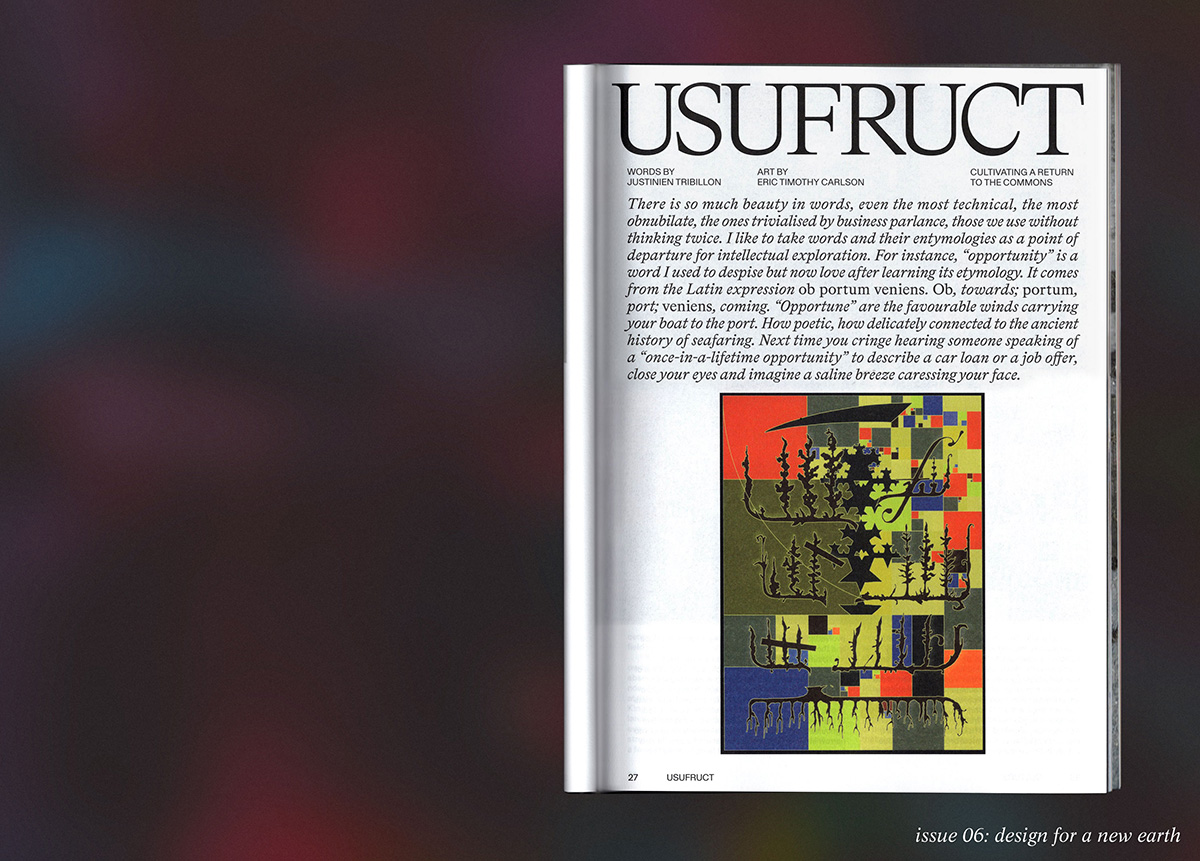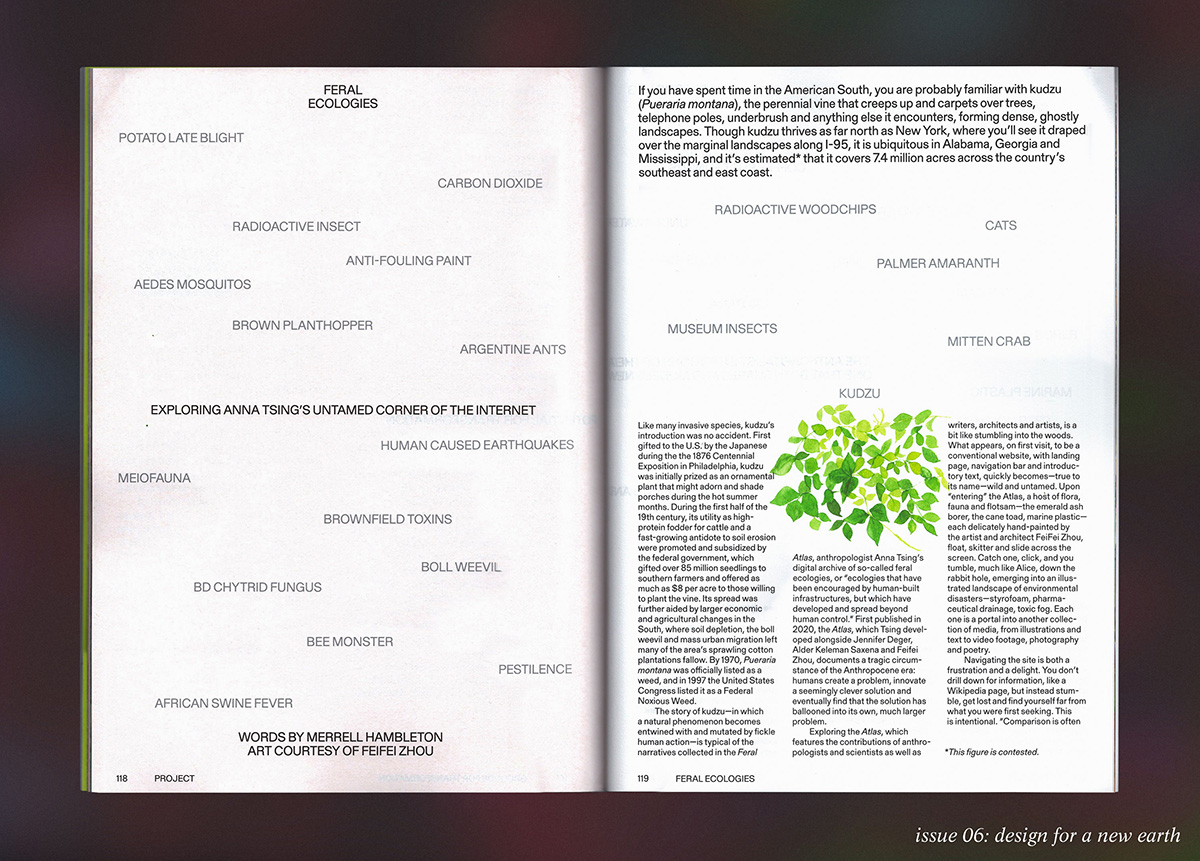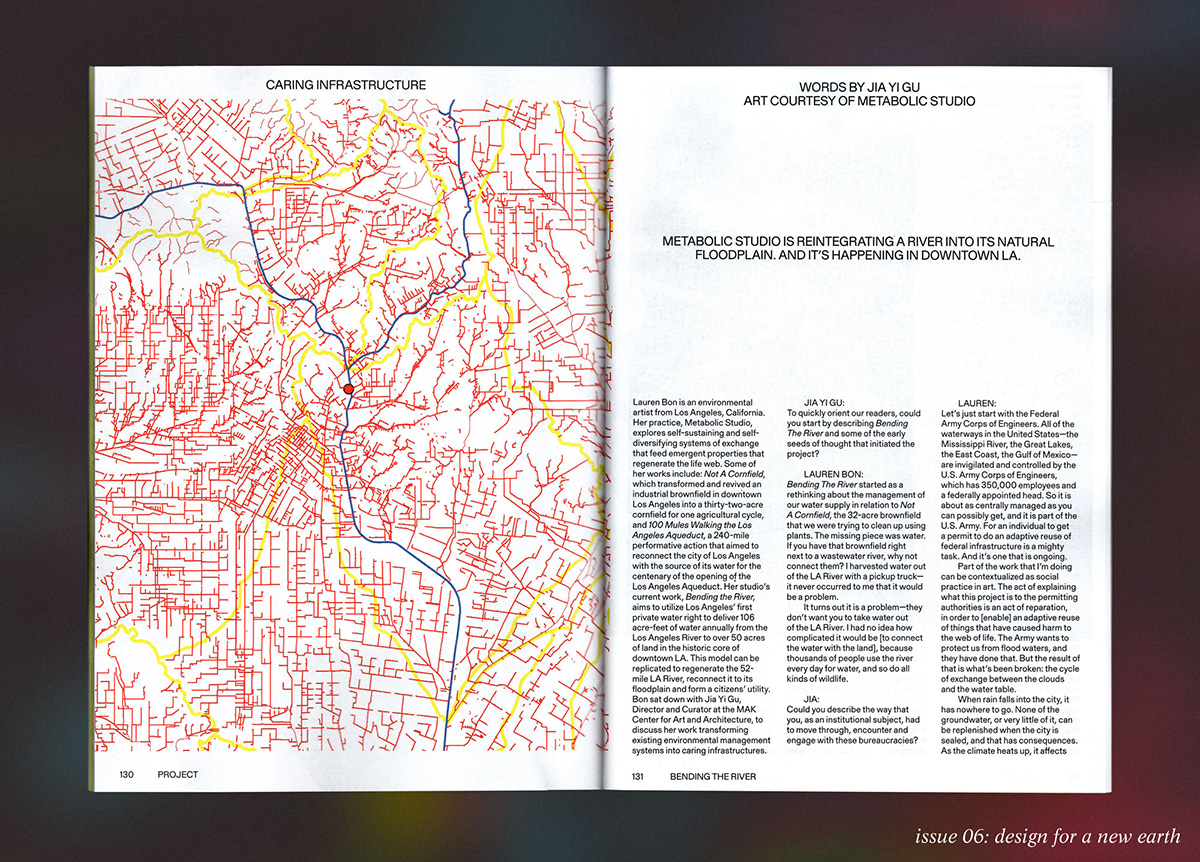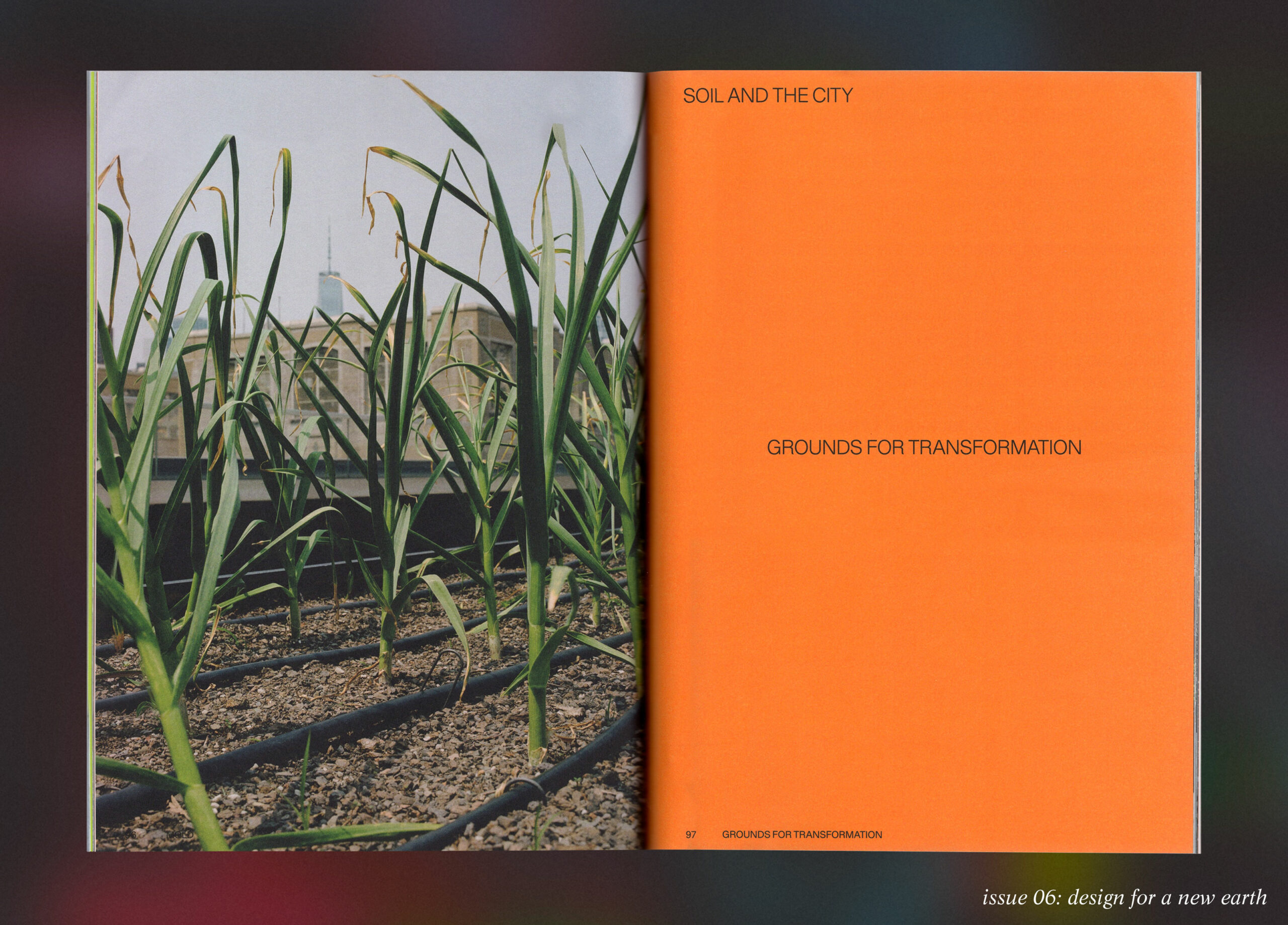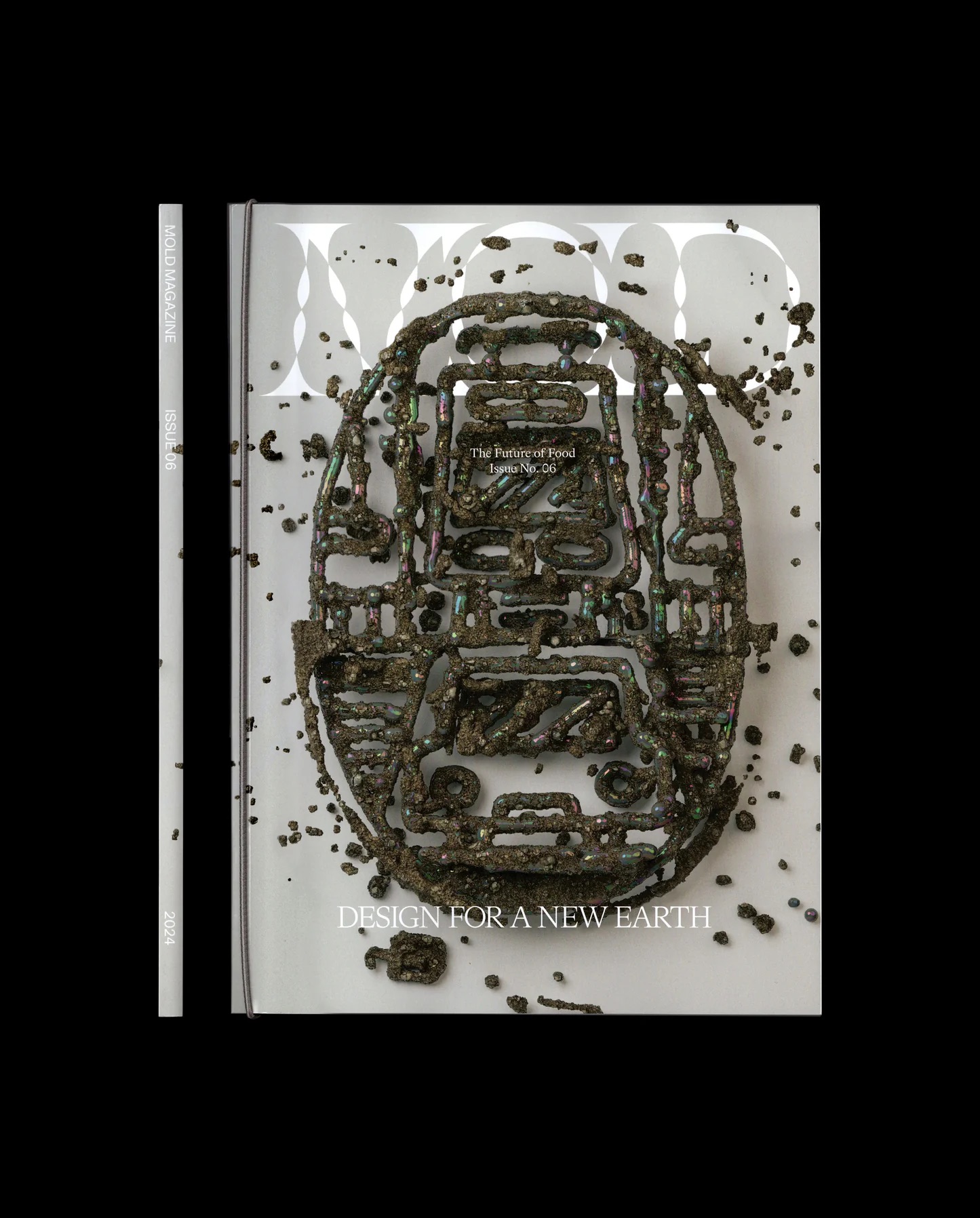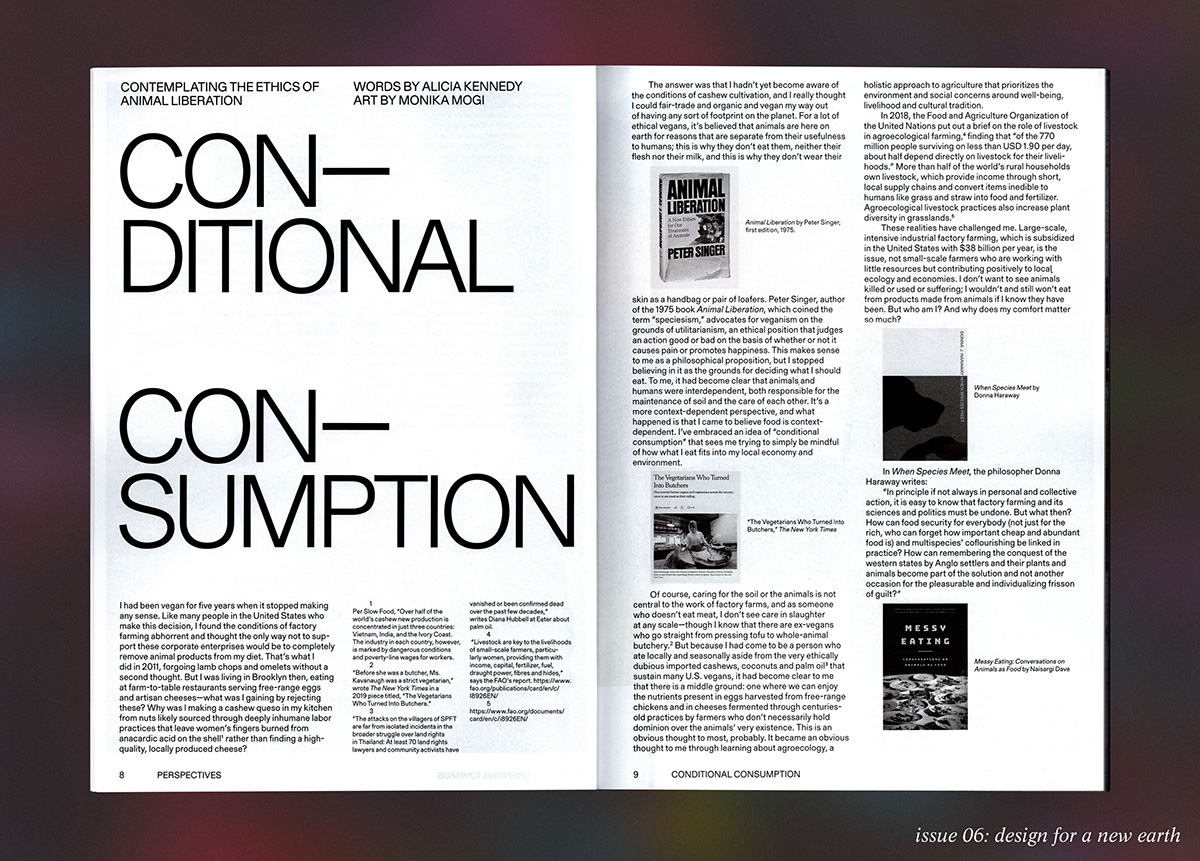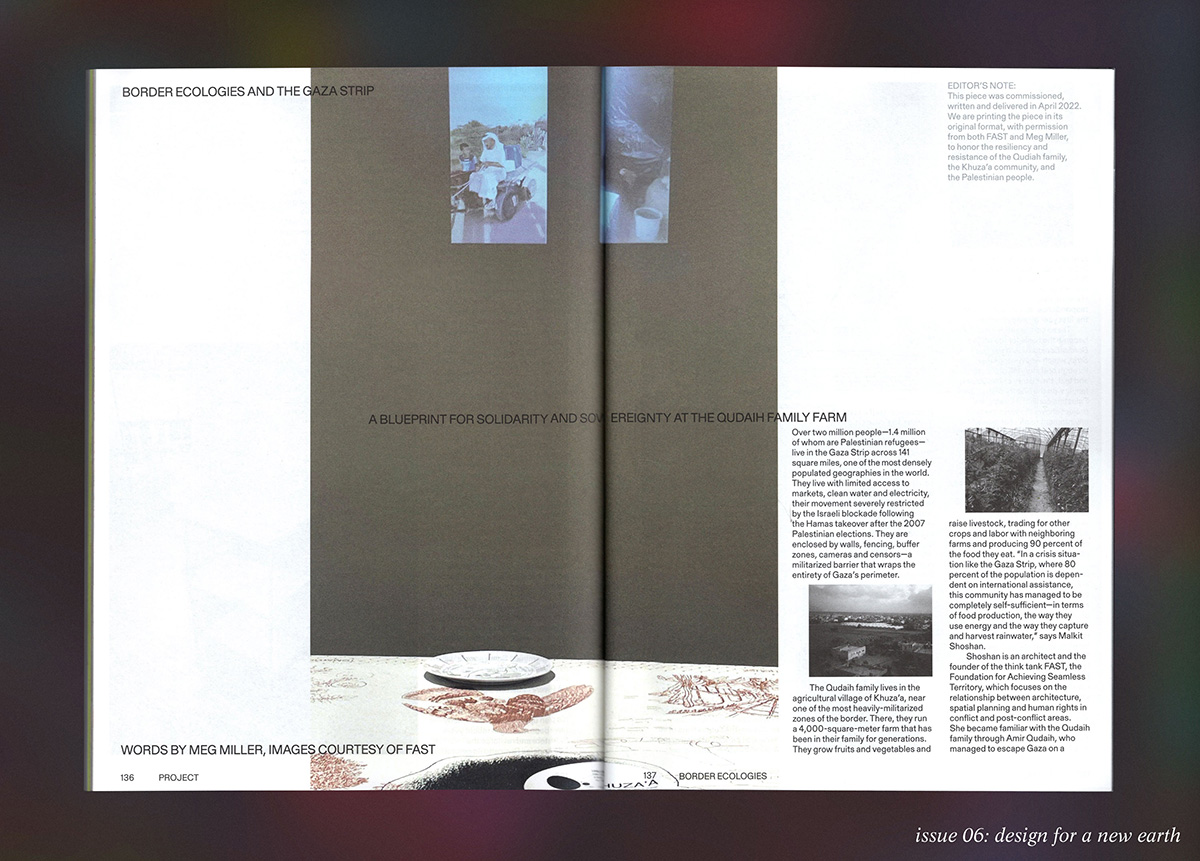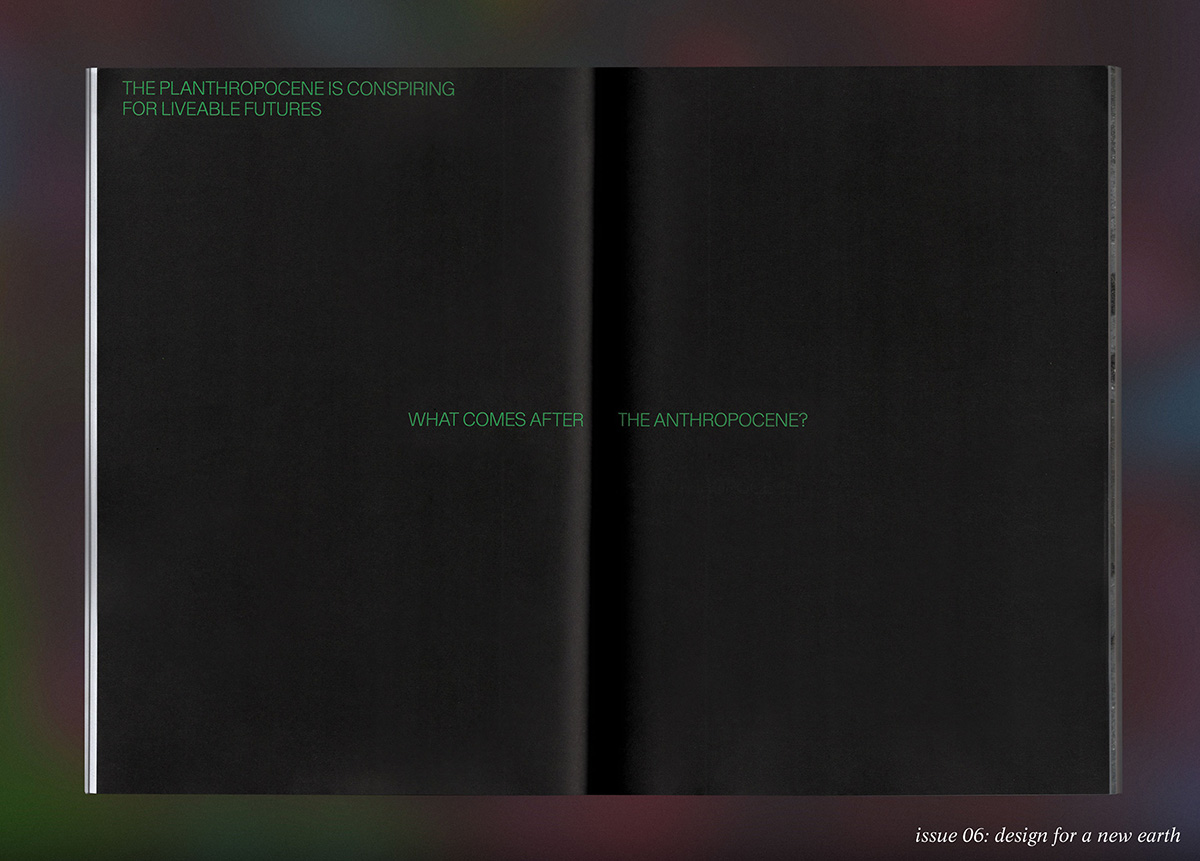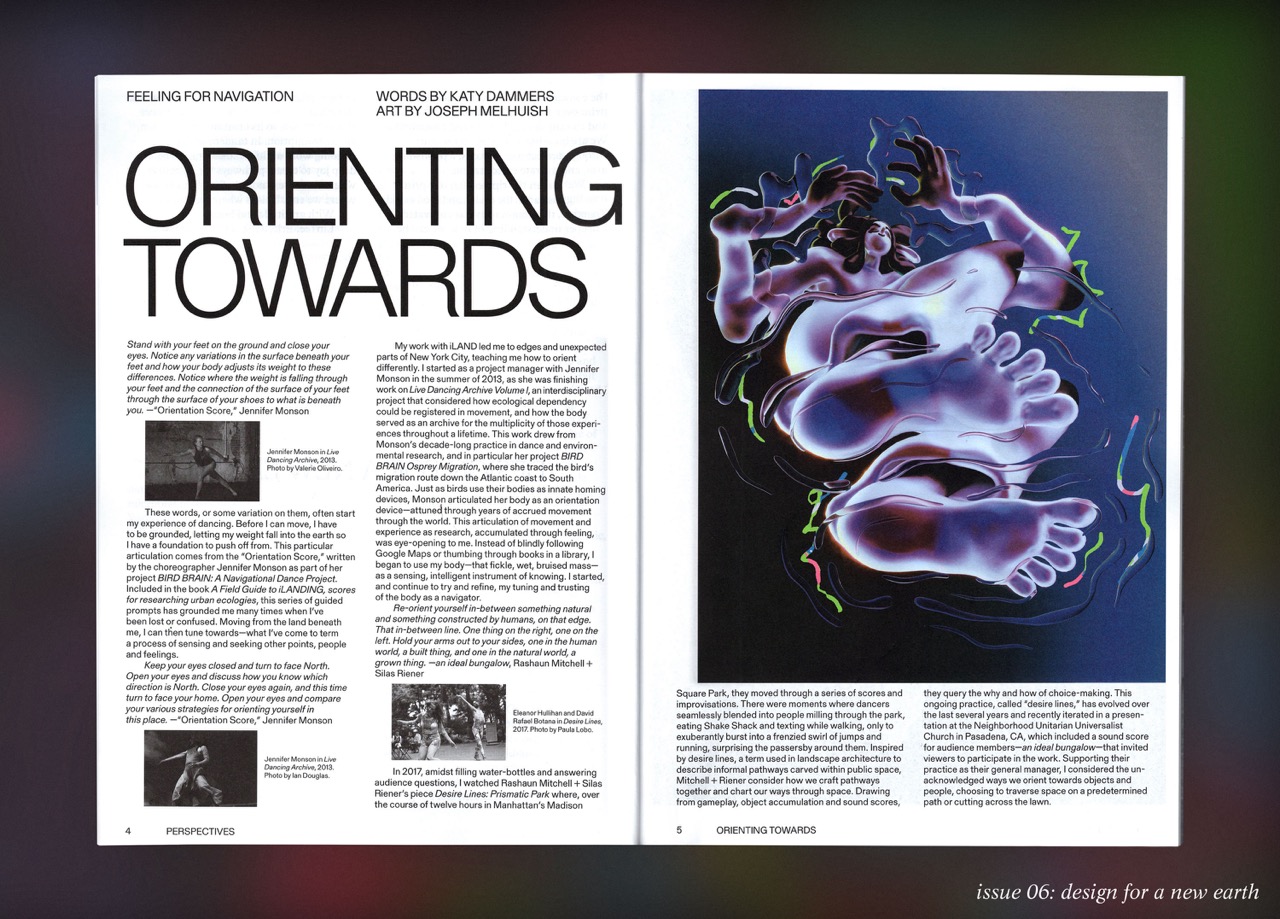This story is from the forthcoming print issue of MOLD magazine, Design for a New Earth. Order your copy here.
There is so much beauty in words, even the most technical, the most obnubilate, the ones trivialised by business parlance, those we use without thinking twice. I like to take words and their entymologies as a point of departure for intellectual exploration. For instance, “opportunity” is a word I used to despise but now love after learning its etymology. It comes from the Latin expression ob portum veniens. Ob, towards; portum, port; veniens, coming. “Opportune” are the favourable winds carrying your boat to the port. How poetic, how delicately connected to the ancient history of seafaring. Next time you cringe hearing someone speaking of a “once-in-a-lifetime opportunity” to describe a car loan or a job offer, close your eyes and imagine a saline breeze caressing your face.
I would like to consider soil in light of an ancient, obscure, sweet word: usufruct. A legal term widely used in civil law jurisdiction, according to The Oxford Dictionary, “usufruct” describes “The right to enjoy the use and advantages of another’s property short of the destruction or waste of its substance.” It comes once again from a Latin expression, usus et fructus, meaning “use and enjoyment.” Fructus also survived in a very common everyday word: “fruit.” In 12th-century French, fruit variously signified the fruit one eats for dessert, the concept of harvest or, most broadly, any virtuous action. In the centuries that followed, the use of the word evolved to describe income from agricultural produce and then, simply, economic profit.
Usufruct is intimately linked to the soil, to the subsistence we harvest from it—physical, in the form of fruits, vegetables, cereals, plants; metaphorical or economical, in the income we receive from selling the produce cultivated or as a salary for our work (the fruits of one’s labor). The concept of usufruct is connected to the open-field system of agriculture, a cooperative agricultural system where large fields were divided into narrow strips of land worked by tenant farmers. It was for instance in place in England at least from the 11th century and well into the 19th century. And this open-field system is the soil of this article.
It is crucial to bear in mind that the absolute private ownership of land is a modern concept. It has been absent from many cultures across the world, then and now. Even in countries where private property stands at the core of political and social culture, like the United Kingdom, the idea of absolute property where the landlord—another mind-numbing term we use on an everyday basis—possesses exclusive rights over a stretch of land is but a few centuries old. Of course, a feudal system of land ownership had existed in England since 1066, when William the Conqueror began his reign, as well as in other forms before that. But peasants enjoyed the rights to cultivate the soil, graze stock, draw water and cut wood at specific times of the year. They benefited from the usufruct of the land.
Up until the 19th century, land was cultivated as a common resource. Ecologist and agricultural campaigner Simon Fairlie explains that the open-field system was linked to the introduction of the “caruca,” a large-wheeled plough that was much more efficient than the technologies in use at the time but required a team of oxen to pull it. Most peasants could not afford a full team of oxen. It was also difficult to manoeuvre and turn around, so long strips of land were preferred by farmers. They needed to pool their resources—land, oxen, machines—together and to organise their harvest accordingly. It required coordination, solidarity, cooperation. There was no need for boundaries or hedgerows, which would have limited the profitability of land in relation to labor and added extra work. Neither could this system be described as socialist—peasants had an identified area they were allowed to cultivate according to their investment, for instance, and one still had to pay taxes to the lord of the land. But the “profitability” of the land was maximised by a community of peasants that cooperated to cultivate it while respecting the ecologies that they were part of.
This mode of land governance was progressively disrupted and reformed from the 13th century onwards,peaking in the 18th and 19th centuries before disappearing with the onset of “parliamentary enclosures.” The beginning of enclosures saw landlords claim exclusive rights to land that had been cultivated as “commons” for centuries to implement new cultivation techniques that allowed for increased yield. This increased yield, controlled by the lord, correlated to an impoverished community of peasants and increasing wealth inequality across the country. This push to encloselands, i.e., to erect boundaries to delimit ownership, culminated in the 19th century, when many peasants were forced to die in poverty or move to the cities to provide cheap labor for modern industries.
“Usufruct” is a fascinating word because it sums up the fucked-up human relationship to ownership and boundary-making as well as our incapacity to carry out the common management of Earth’s resources. Natural resources—the produce from our soils, the water from the rivers, the wood of our forests—are “another’s property,” to echo the formal definition of the word I shared earlier. They’re our ancestors’, they’re the native peoples’, they’re our children’s and they also belong to all beings who populate this Earth. As we constantly strive to design new systems, new technologies, new thinking, it is crucial to be critical of the so-called fundamental concepts that structure Western political cultures, such as the idea of property as an exclusive right that should benefit only one individual. When managed by an intelligent community of cultivators, soil exists as a common resource that does not benefit the few, but the many.
